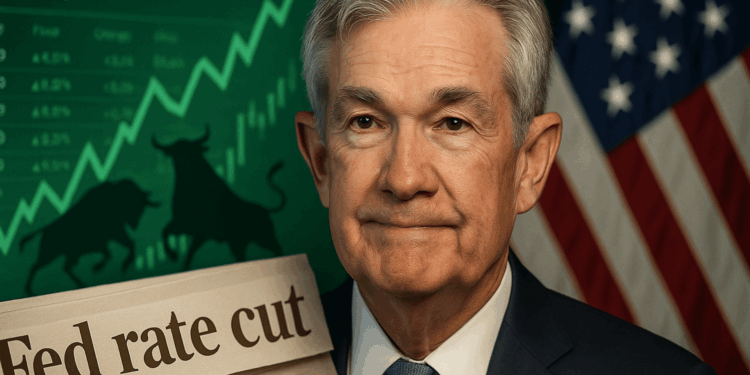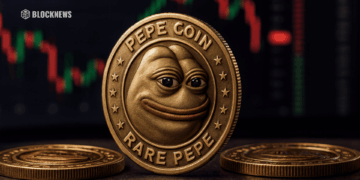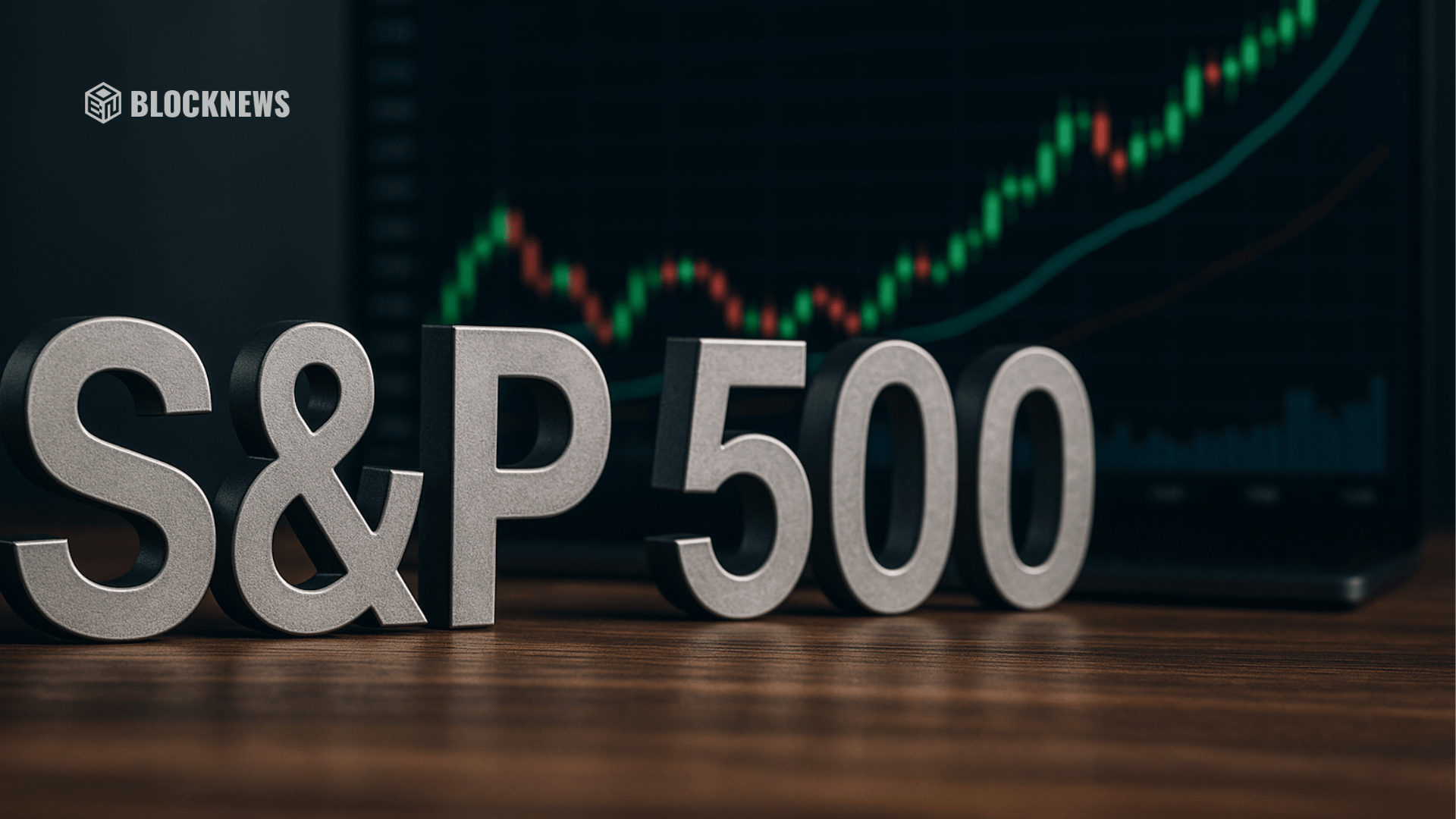- Powell’s Jackson Hole speech sent stocks soaring as traders priced in a 90% chance of a September rate cut.
- Major indexes broke higher: Dow hit an all-time high, S&P posted its biggest gain since May, and Russell 2000 surged nearly 4%.
- Optimism around earnings, trade, and monetary easing continues to drive U.S. equities toward record territory.
Wall Street lit up on Friday after Federal Reserve Chair Jerome Powell hinted that a long-awaited rate cut may finally be on the table. Speaking at the Jackson Hole Symposium, Powell kept his message tight but dovish, saying the Fed could act at its September 16–17 meeting—though jobs and inflation data will ultimately steer the decision.
“Powell gave a clear, concise speech with a strong dovish tone,” noted Jack McIntyre, portfolio manager at Brandywine Global. Markets certainly seemed to agree, with traders quickly hiking their bets to nearly a 90% chance of a September cut, up from around 75% just before the speech. What remains unclear is whether it will be a one-and-done trim or the start of a patient easing cycle.
Indexes Break Records
By late morning, the Dow Jones Industrial Average had ripped 902 points higher, climbing 2% to an all-time peak of 45,688. The S&P 500 jumped 1.6% to 6,473, eyeing its biggest single-day gain since May. The Nasdaq Composite wasn’t far behind, gaining almost 2% to 21,513.
Every corner of the market seemed to be catching a bid. Ten of the eleven S&P sectors traded higher—consumer discretionary led with a 2.7% spike, and industrials followed close behind. The Philadelphia Semiconductor Index popped 3.3%, while mega-cap names like Tesla surged nearly 5%. Even the Russell 2000, often sensitive to rate swings, exploded 3.9% to notch its best level of the year.
Breaking a Losing Streak
If the momentum holds, the S&P 500 will finally snap its five-day skid that had been fueled by weakness in heavyweight tech. The Dow and S&P are now on track to finish the week slightly higher, while the Nasdaq may log a marginal dip.
This rebound continues a larger trend—U.S. stocks have clawed their way back from April’s sharp drop, which came when President Trump’s tariff announcements rattled investors. Since then, a mix of resilient earnings, optimism on trade deals, and growing expectations for Fed support have driven equities toward record levels again.
Analysts, Movers, and the Road Ahead
UBS Global Wealth Management even boosted its year-end target for the S&P 500 for the second time in two months, banking on strong corporate earnings and the likelihood of easier monetary policy.
Not every stock joined the rally. Intuit slid over 4% after forecasting softer growth for its Mailchimp unit, while Workday dipped 3.6% on a lukewarm outlook. But the broader market breadth was overwhelmingly positive—advancers outnumbered decliners 12 to 1 on the NYSE.
With Powell’s comments fanning optimism and traders pricing in a September cut, Wall Street is back in rally mode. The big question now: will the Fed deliver the fuel that markets are betting on, or will upcoming data cool the fire?













